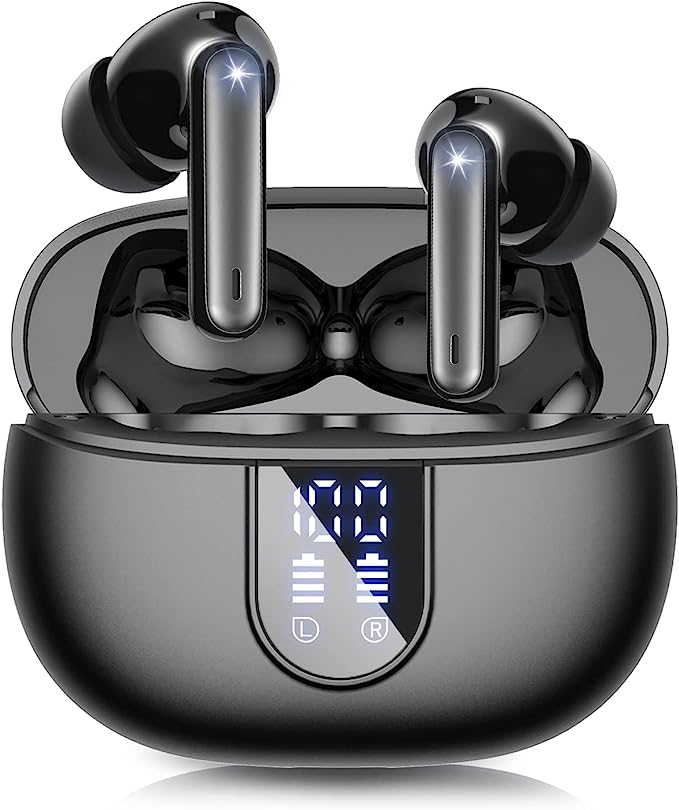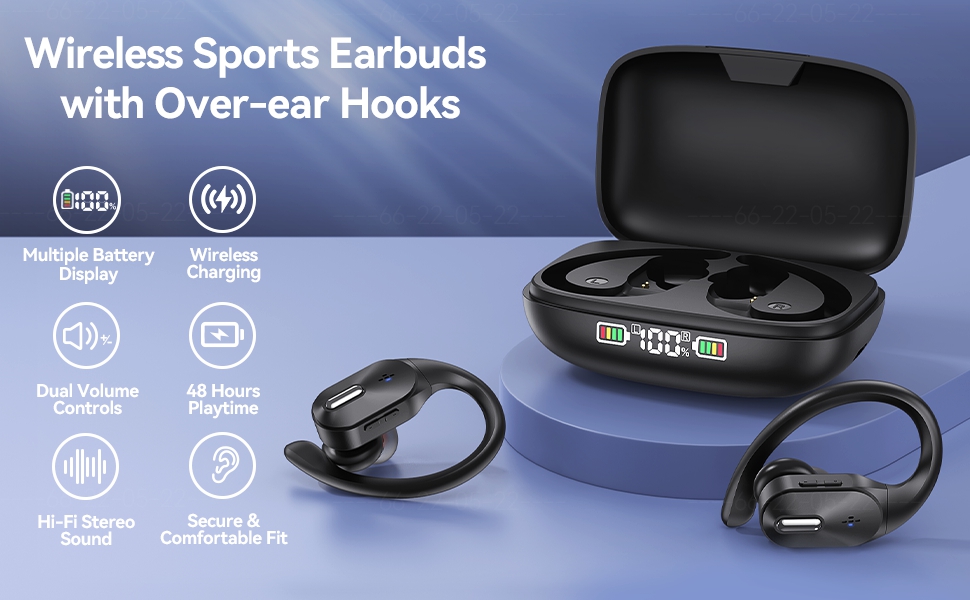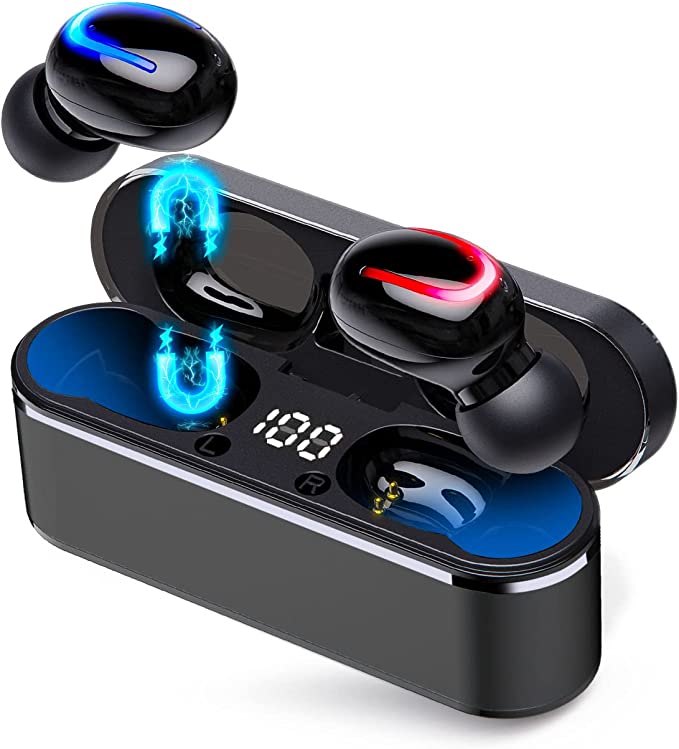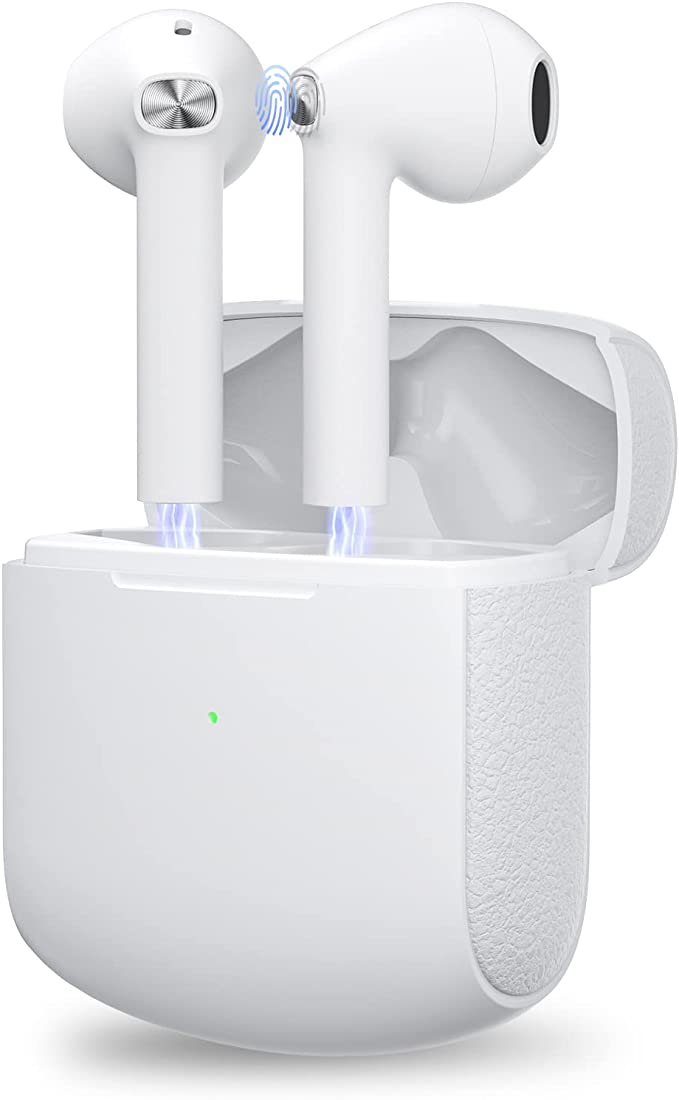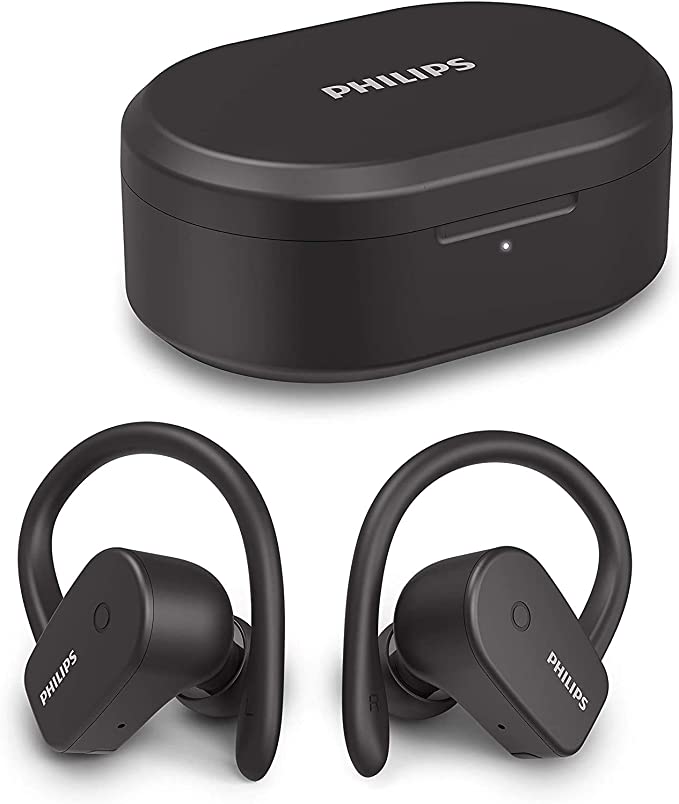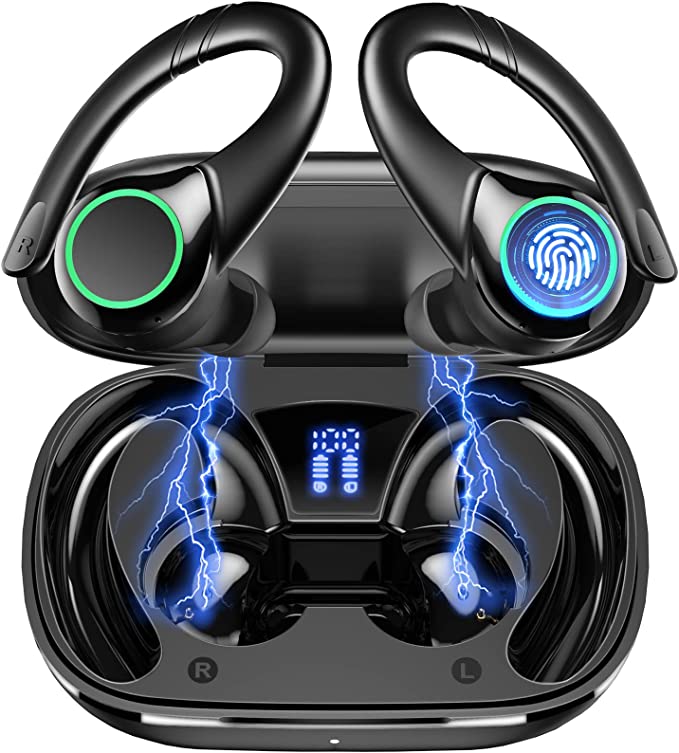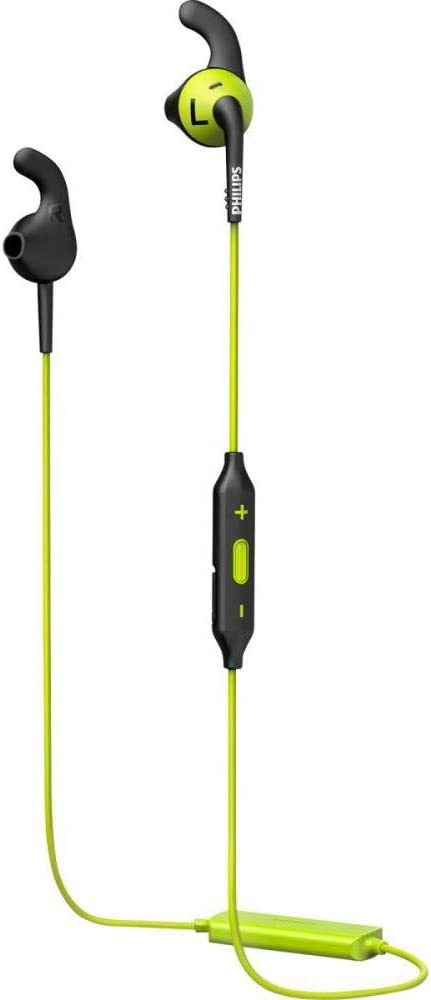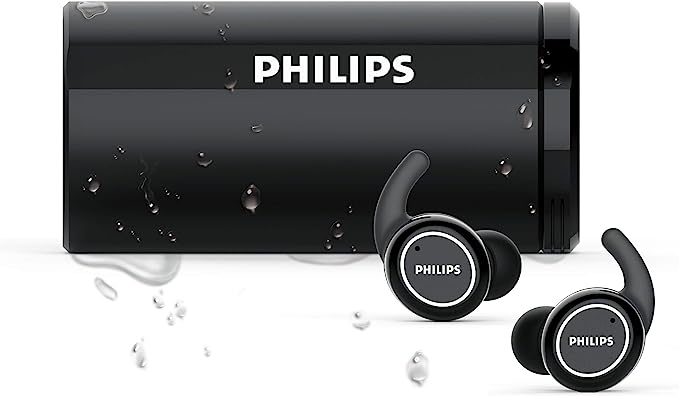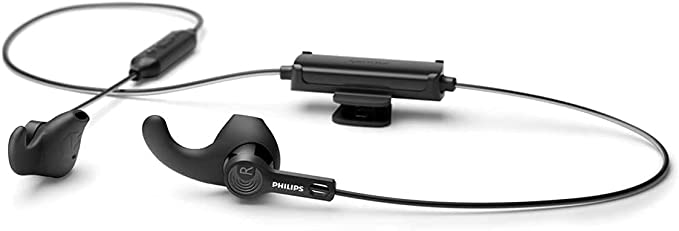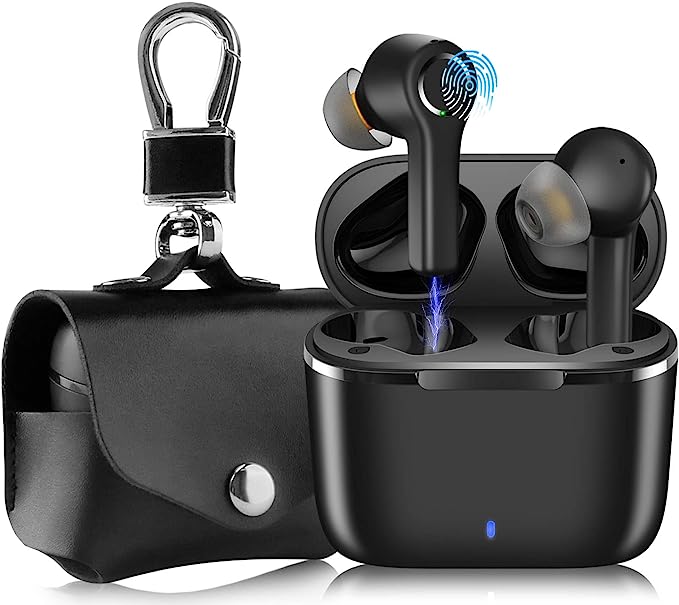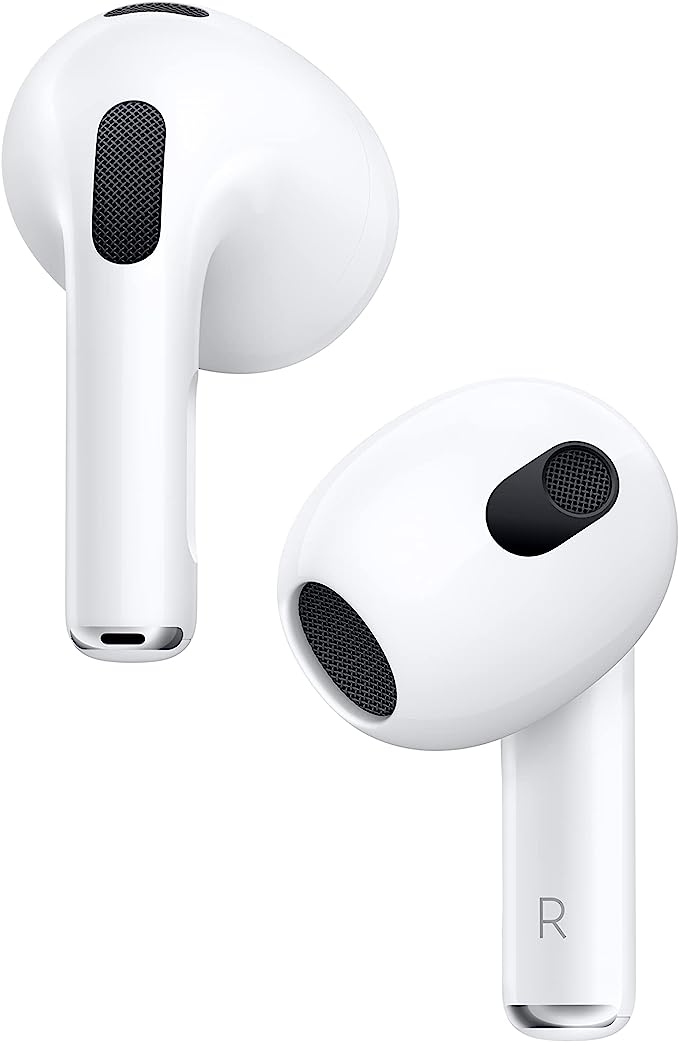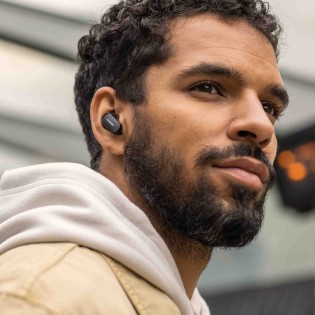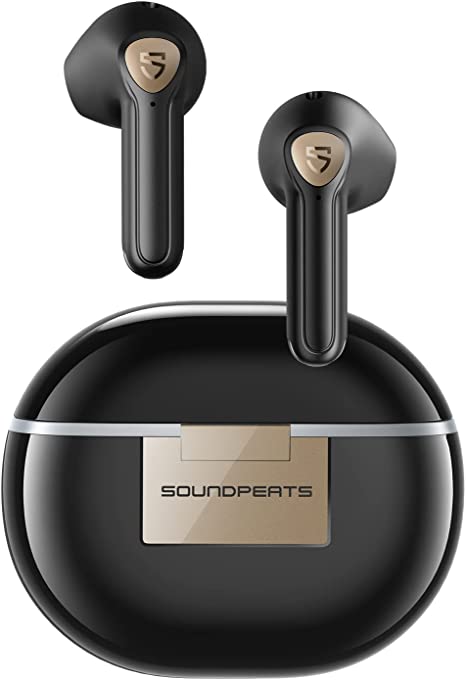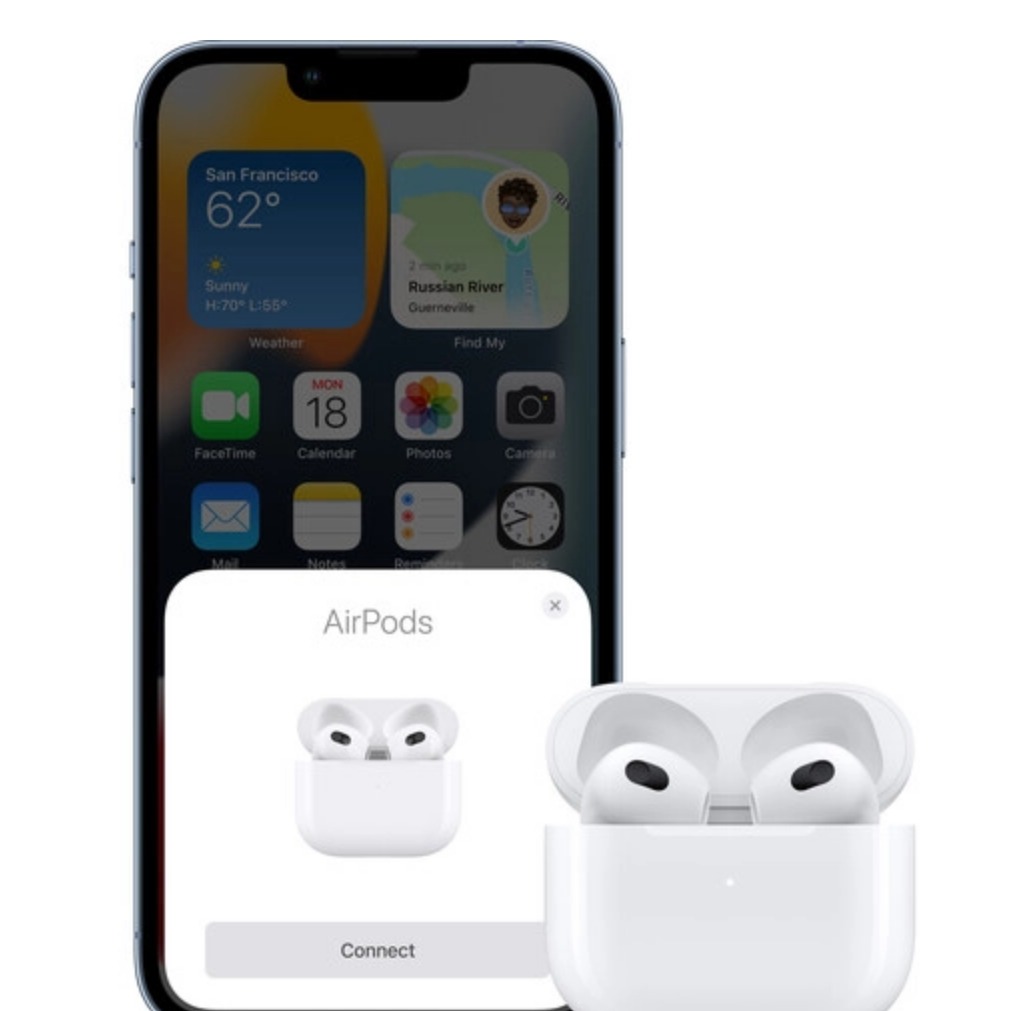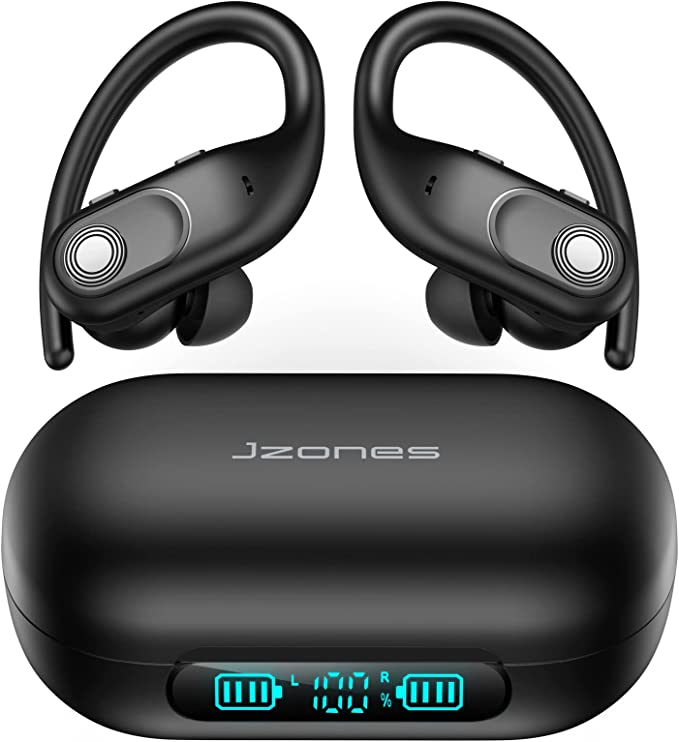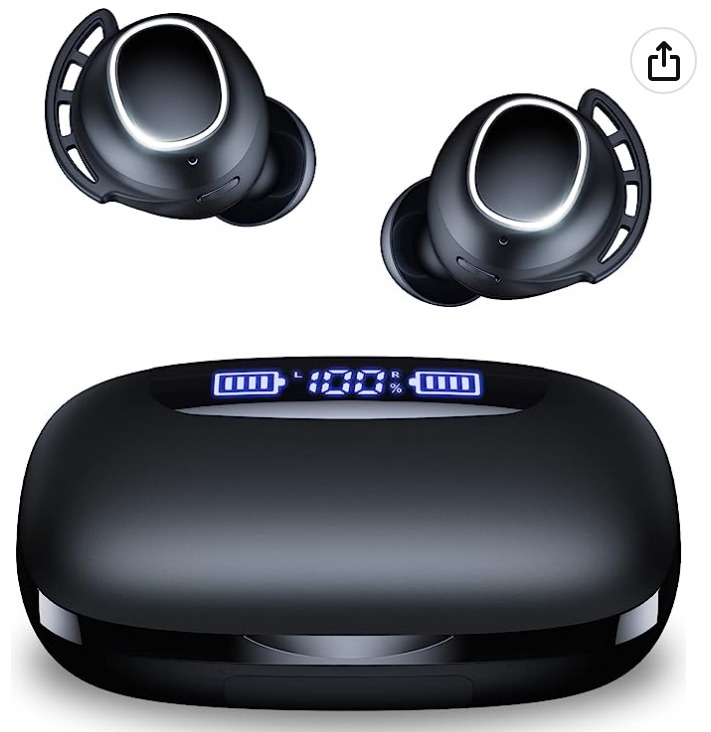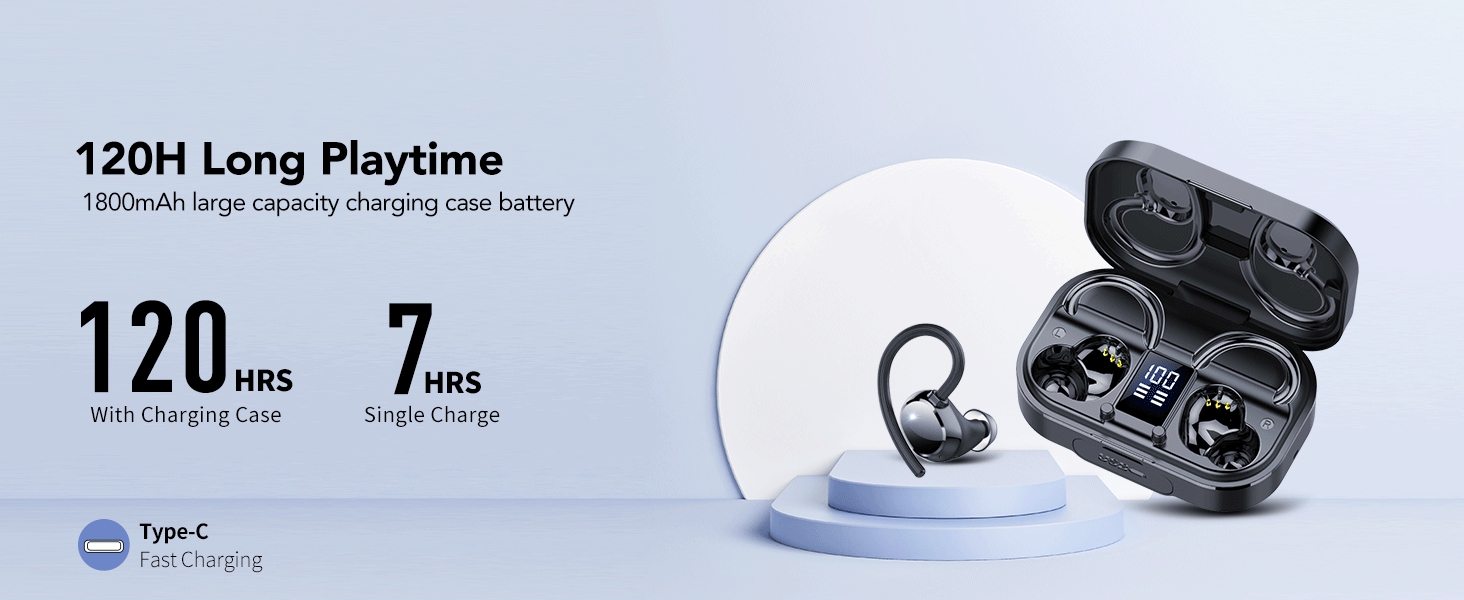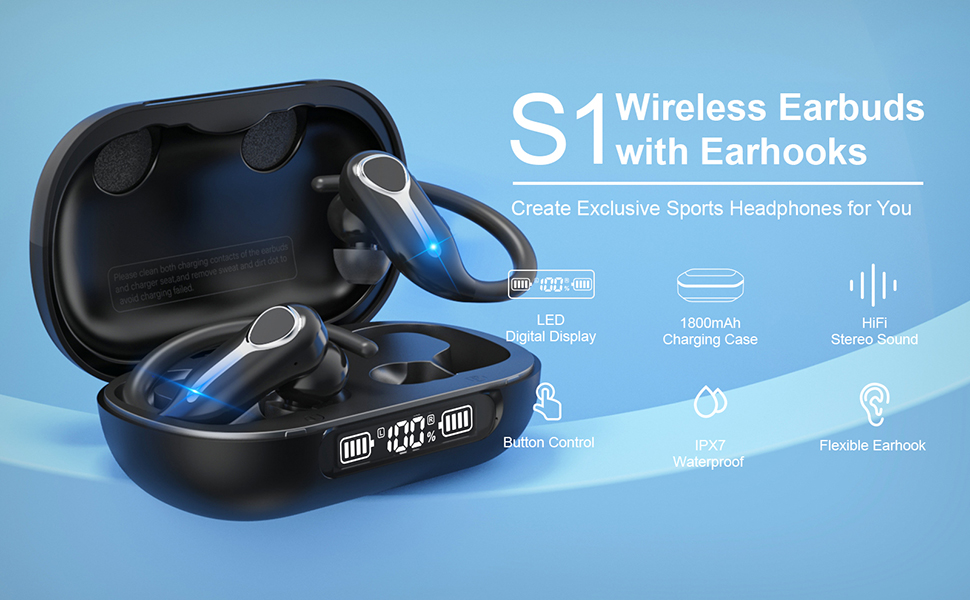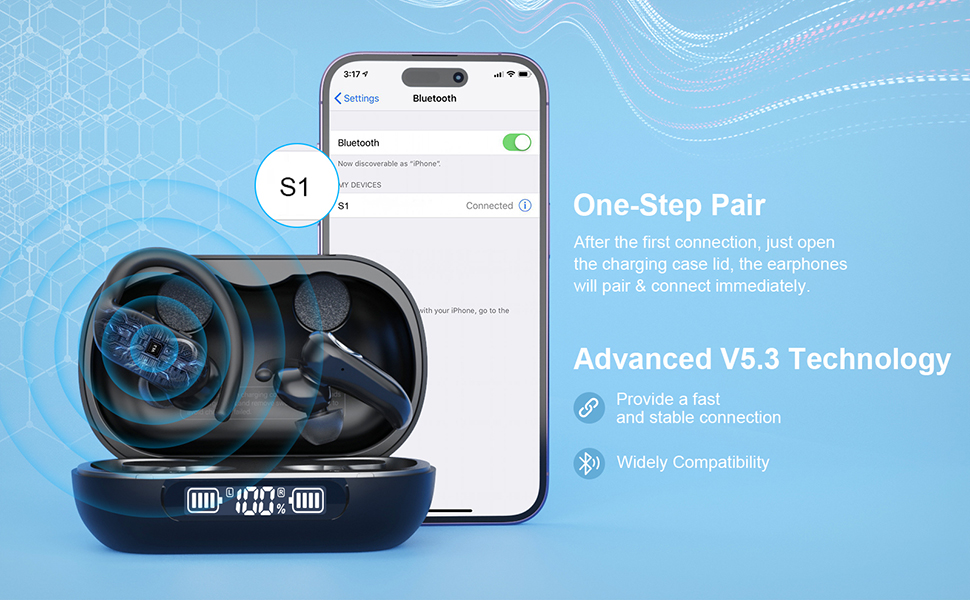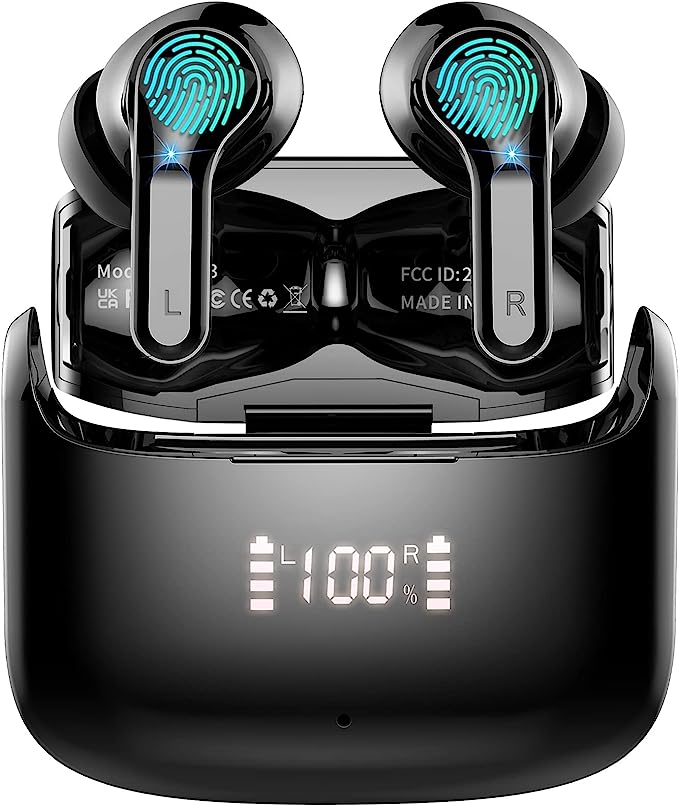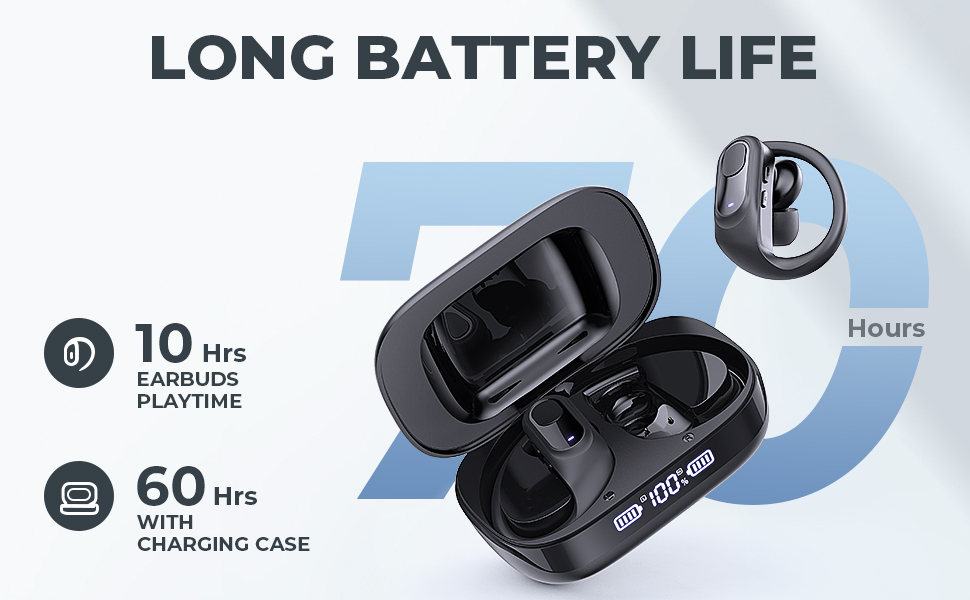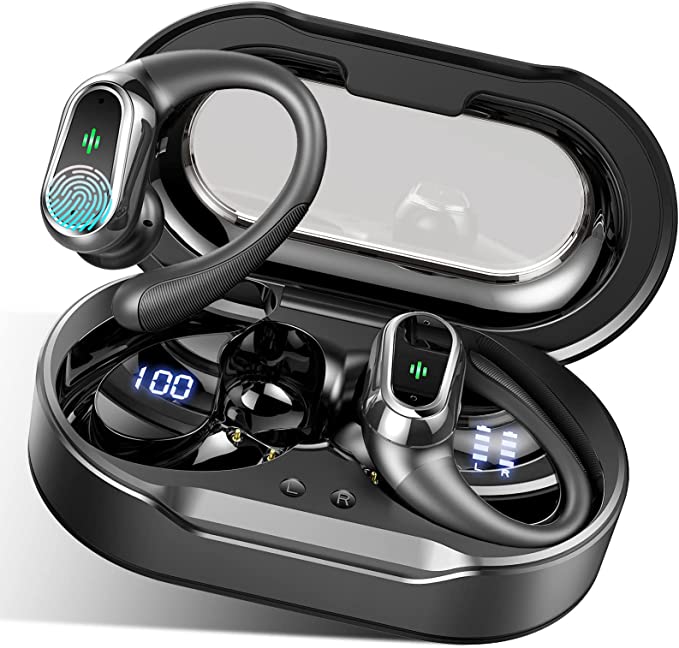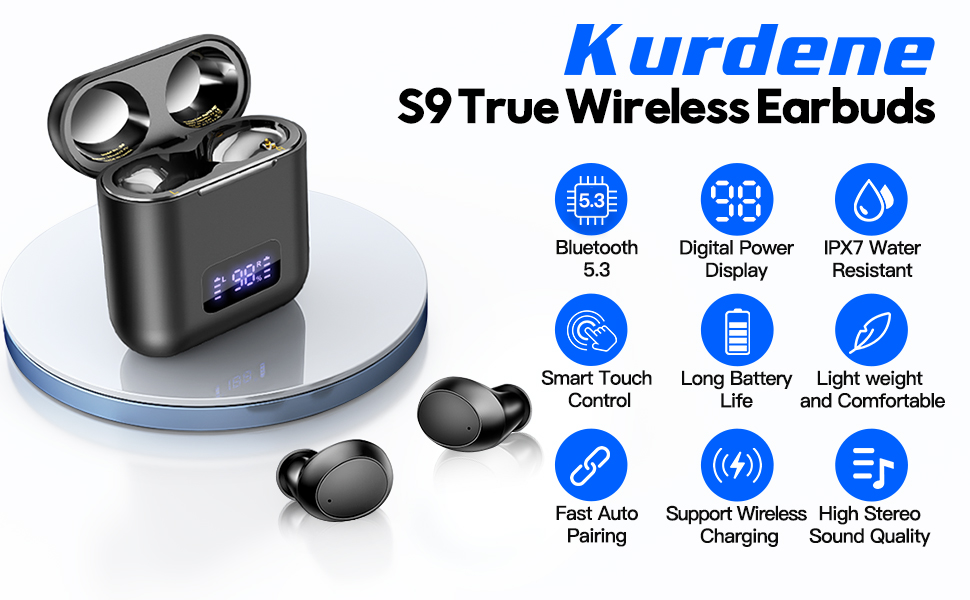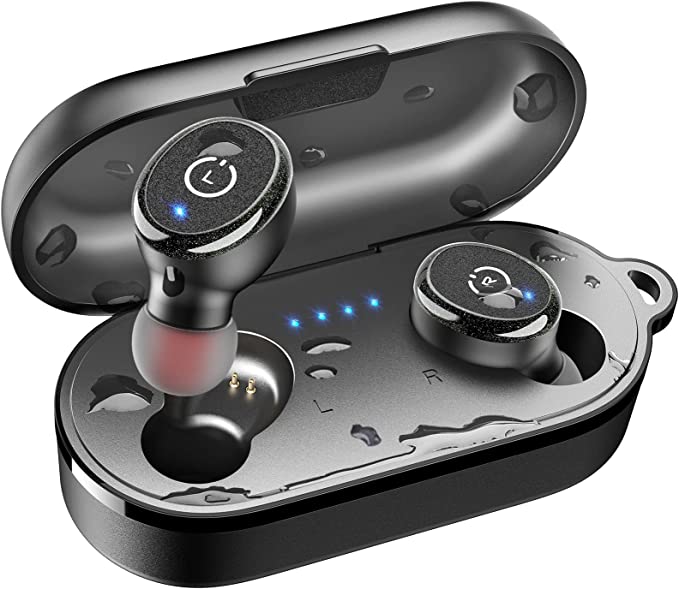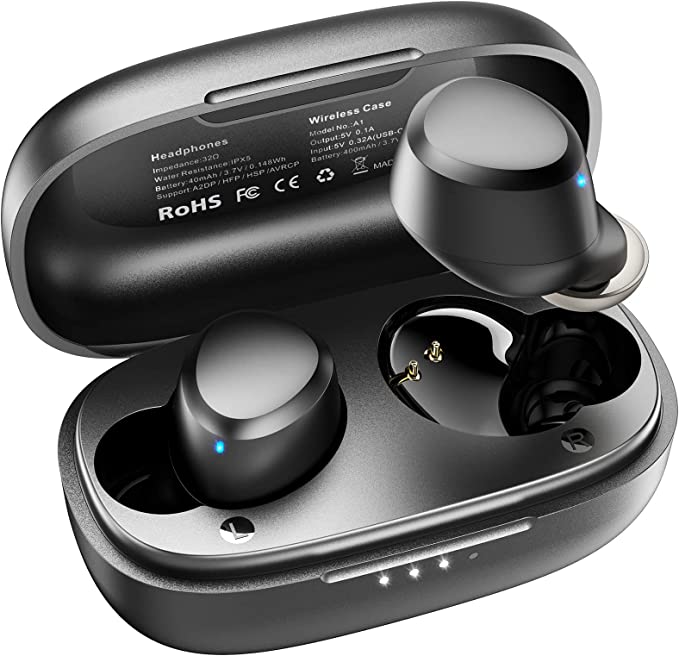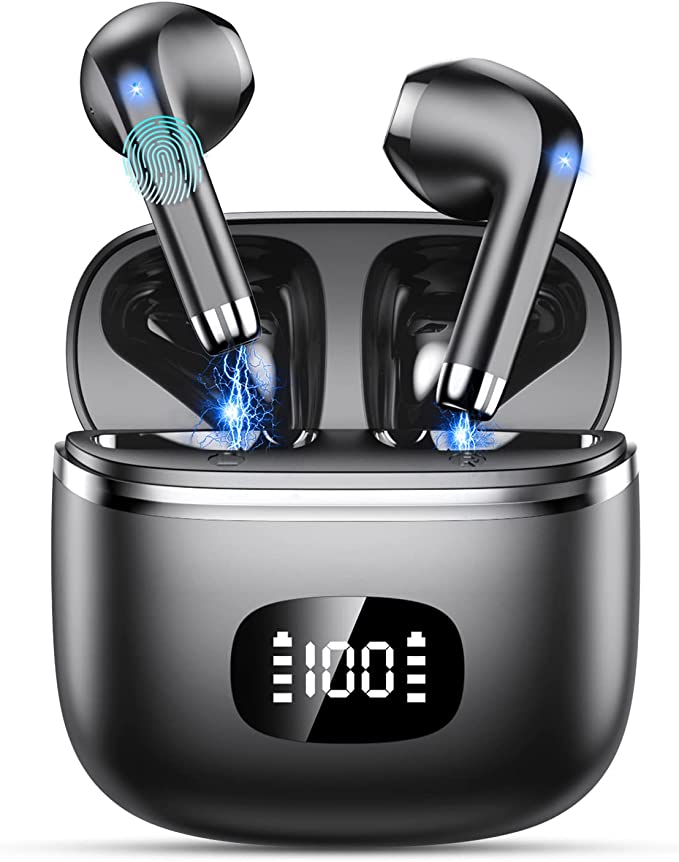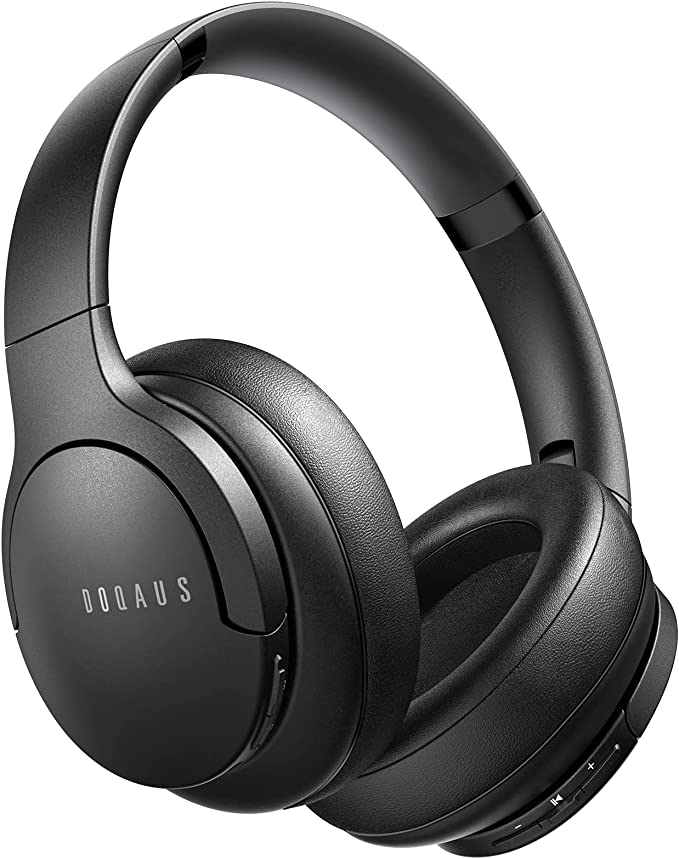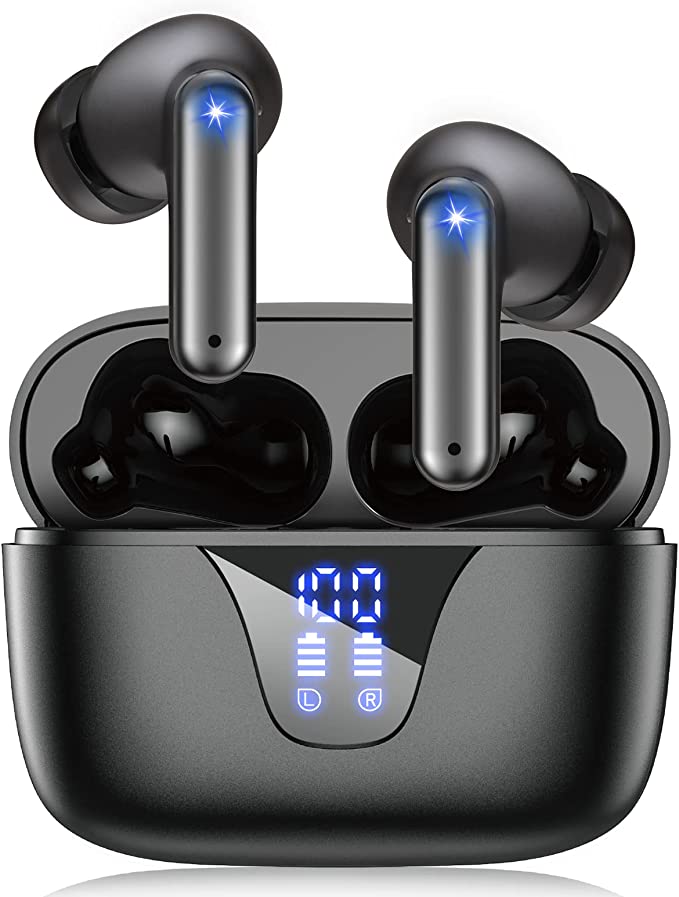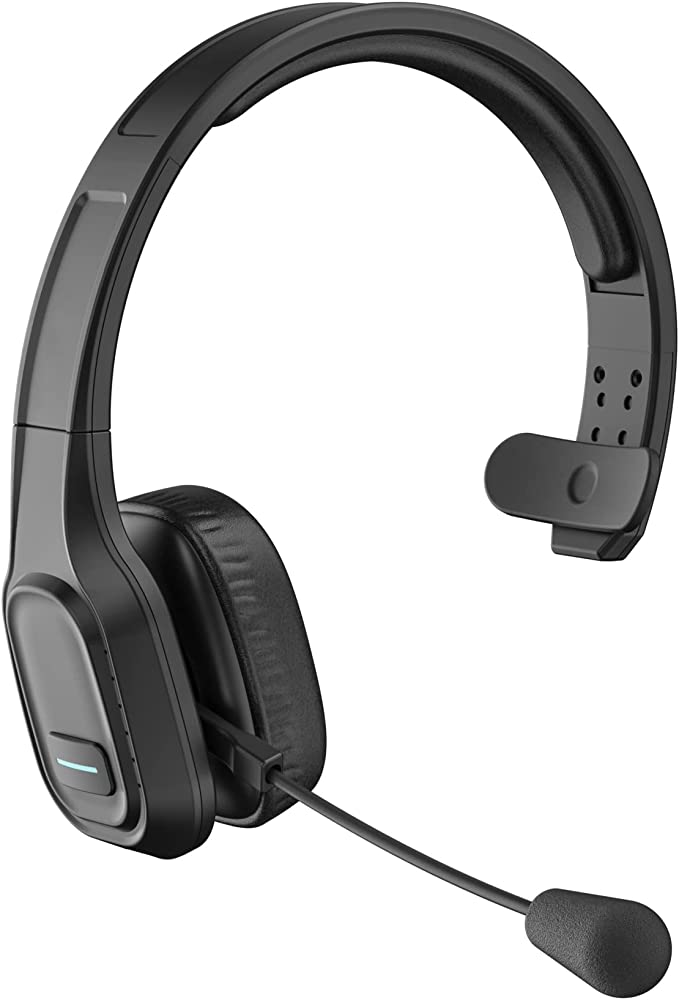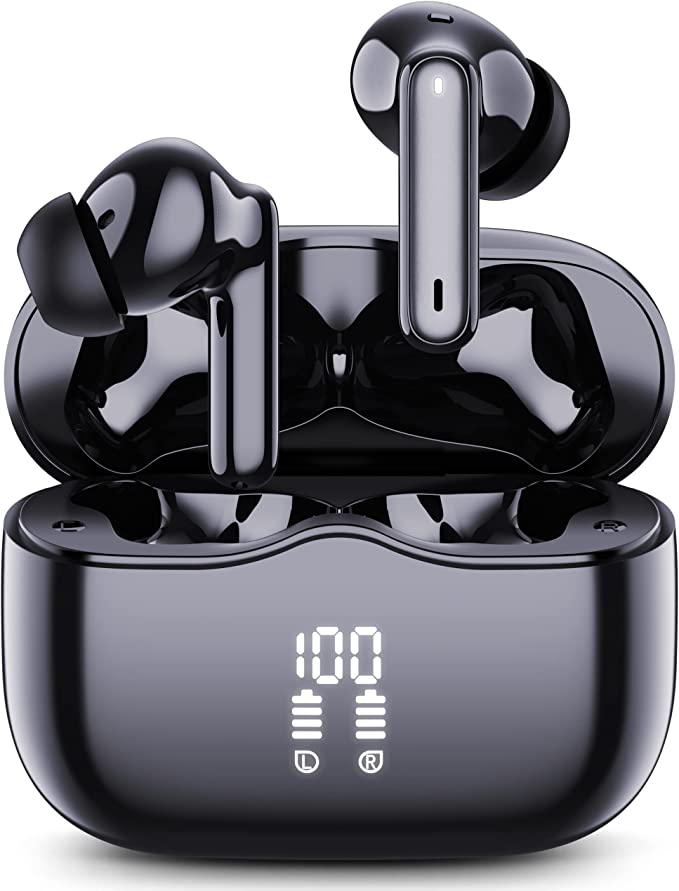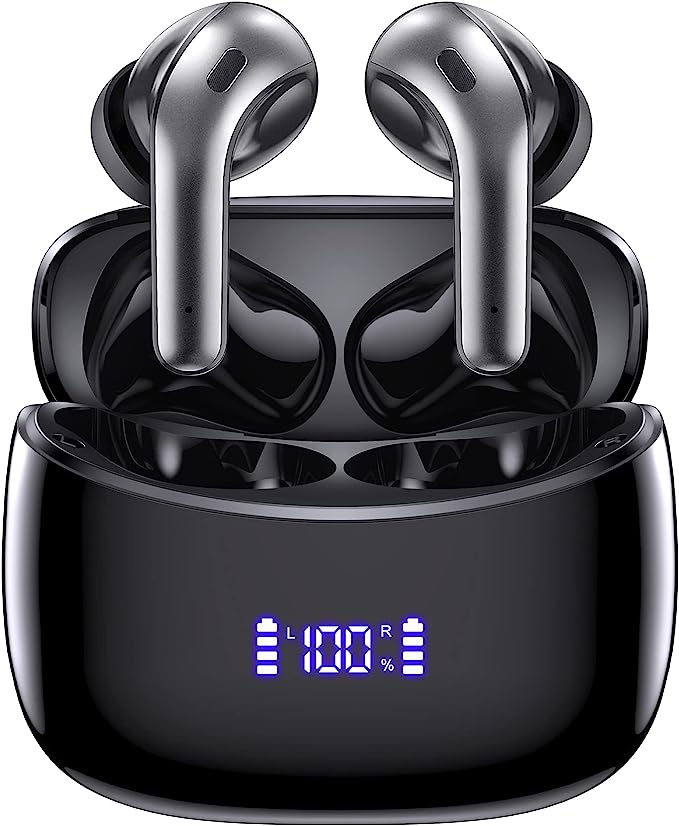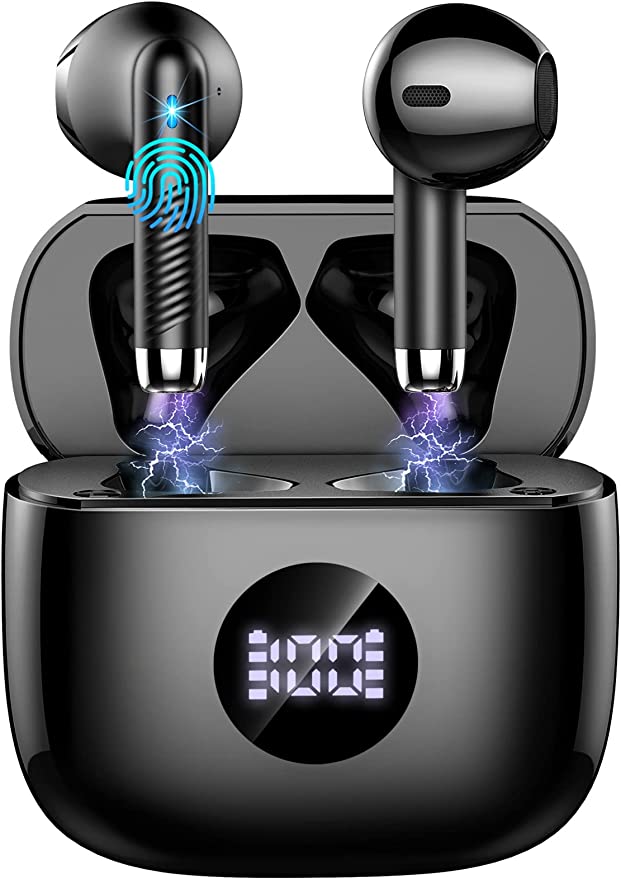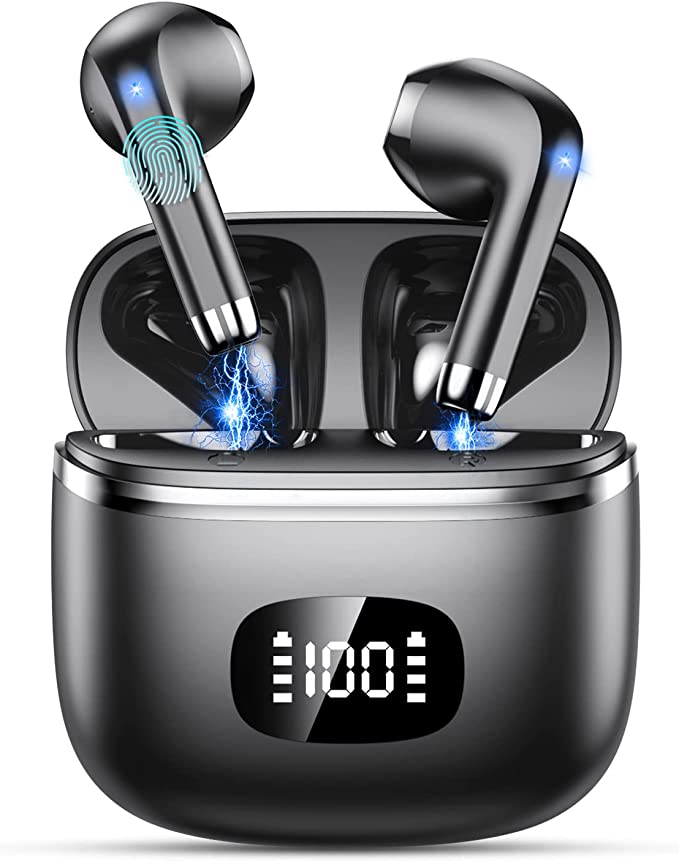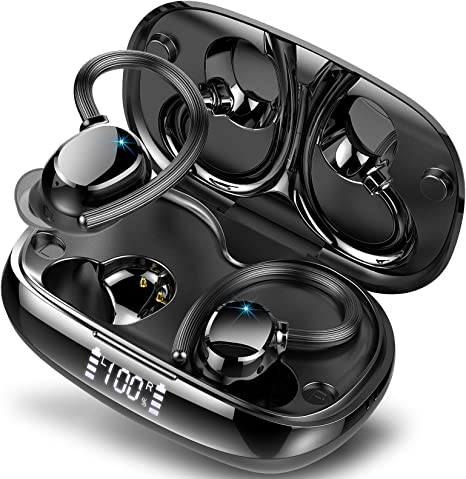PHILIPS ActionFit SN503 Wireless Earphones: The Science of Workout-Ready Audio and Heart Rate Tracking
Update on May 19, 2025, 5:29 p.m.
The modern athletic endeavor is increasingly an instrumented one. We crave not just the visceral thrill of movement, but also the data that illuminates our performance, the music that fuels our spirit, and the seamless integration of technology that allows us to focus purely on the effort. Wearable devices have rapidly evolved from novelty gadgets to indispensable companions, becoming near-extensions of our physiological awareness. The PHILIPS ActionFit SN503 wireless earphones, while one among many in this burgeoning field, offer a compelling case study in how accessible sports technology embodies several key scientific and engineering trends. Join me as we unpack the science nestled within these earbuds, exploring the intricacies of in-ear heart rate tracking, the resilience of robust waterproofing, the fidelity of wireless audio, and the nuances of athlete-centric design.
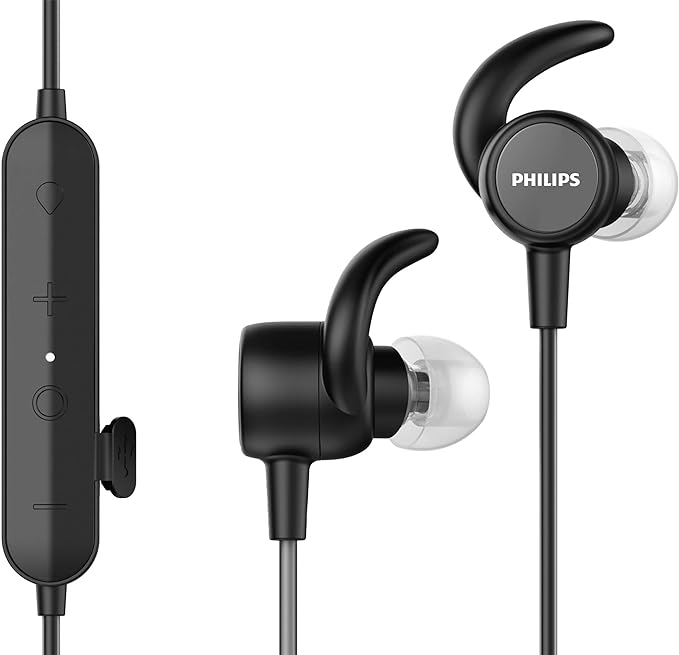
Listening to Your Heartbeat: The Intricacies of In-Ear Photoplethysmography
There’s a profound allure to understanding our body’s real-time physiological feedback, especially during exercise. Monitoring heart rate allows us to move beyond subjective perceived exertion and train with greater precision. It’s a practice with a rich history in sports, evolving from cumbersome chest straps, which, while accurate, were not always the epitome of comfort, to the remarkable convenience of sensors integrated into ever-smaller devices, including those designed for the ear. The PHILIPS ActionFit SN503 incorporates such a sensor, but how exactly does light tell the story of your pulse?
The technology at play is typically Photoplethysmography (PPG). Imagine a tiny, incredibly sophisticated lighthouse keeper stationed within your earbud. This “keeper” (an optical sensor system) emits a gentle beam of light – often green or infrared – into the skin of your ear. As your heart rhythmically pumps blood, the capillaries in your ear tissue swell and recede with each pulse. This subtle ebb and flow of blood volume alters the amount of light that is absorbed or reflected back to a waiting photodetector in the earbud. More blood means more light absorption (or less reflection), and vice versa. These minute, rhythmic variations in reflected light are the raw signals that, once processed, reveal your heart rate.
The ear, as it turns out, is a surprisingly adept location for PPG. Compared to the wrist, which is subject to more erratic movements during many forms of exercise, the ear canal and surrounding concha offer a relatively stable platform. Furthermore, this area is well-perfused with blood vessels close to the skin’s surface, providing a clearer signal for the optical sensor. However, the journey from that flickering reflected light to a coherent beats-per-minute (BPM) display on your fitness app is a testament to sophisticated engineering. The raw PPG signal is inherently noisy, susceptible to interference from head movements, vibrations, and even subtle changes in ambient light or earbud fit. Thus, intelligent algorithms are crucial. These algorithms act like skilled sound engineers, filtering out the “noise” and amplifying the “music” of your true pulse, often employing techniques from advanced signal processing and sometimes even machine learning to discern the heartbeat with remarkable accuracy.
The PHILIPS ActionFit SN503, according to its specifications, features a built-in heart-rate monitor designed to provide this data, and it’s compatible with open fitness-tracking applications like Strava and Runkeeper. This compatibility is key, as it allows athletes to log their heart rate alongside other metrics like pace, distance, and elevation. For a runner, this might mean diligently maintaining an aerobic heart rate zone for building endurance; for a cyclist, it could involve strategic high-intensity intervals based on heart rate targets. The value lies in training smarter, personalizing workout intensity, gauging recovery, and even helping to prevent overtraining by providing an objective measure of physiological stress.
It’s worth noting, as a general principle in wearable technology, that PPG accuracy can be influenced by several factors. A snug and consistent fit of the earbud is paramount, as any slippage can introduce motion artifacts – essentially, “noise” that can obscure the true heart rate signal. Skin tone and even tattoos can sometimes affect light absorption, posing challenges that sensor designers continuously work to overcome. The intensity and type of exercise also play a role; rhythmic activities like running or cycling tend to yield cleaner signals than highly erratic movements. The field is constantly advancing, with ongoing research focused on more robust sensors and more intelligent algorithms to deliver medical-grade accuracy even under challenging conditions.
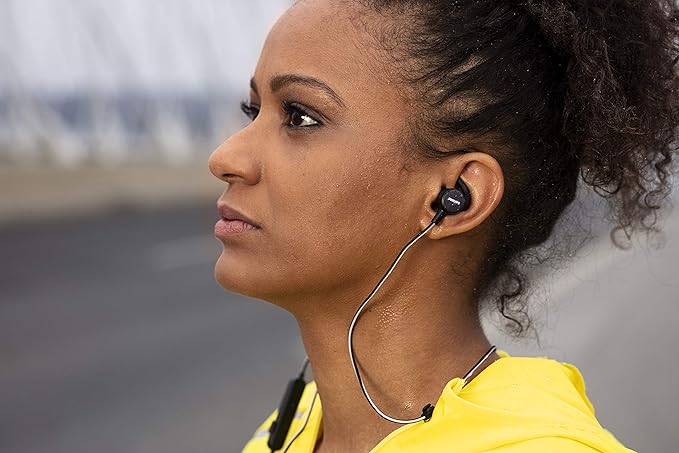
Fortress for Your Audio: Decoding IPX5 Water Resistance
For any piece of technology accompanying an athlete, durability is not a luxury but a fundamental requirement. The human body in motion is a formidable adversary for delicate electronics – we sweat, we move through grime, and we often face unpredictable weather. The PHILIPS ActionFit SN503 is rated at IPX5 for water resistance, a standard that offers a specific level of protection. But what do these letters and numbers truly signify?
The “IP” in IPX5 stands for Ingress Protection, and it refers to a global standard (IEC 60529) that classifies the degree of protection provided by an electrical enclosure against the intrusion of foreign objects (like dust) and moisture. The rating typically consists of two digits following “IP”. The first digit relates to protection against solid particles, and the second to protection against liquids.
In the IPX5 rating:
- The “X” indicates that the device has not been officially rated for protection against solid particle ingress under this particular standard. This doesn’t inherently mean it offers no dust protection, but rather that it hasn’t been tested or certified for a specific level in that category.
- The “5” is the critical digit for our athletic purposes. It signifies that the enclosure – in this case, the earphone housing – is protected against low-pressure water jets projected by a nozzle (specifically, a 6.3mm nozzle) from any direction. This test typically involves spraying the device with water at a volume of 12.5 liters per minute for at least 3 minutes from a distance of about 3 meters.
What does this mean in the real world for an SN503 user? It implies that the earphones are designed to robustly withstand the copious amounts of sweat generated during intense workouts. Sweat, being saline and slightly acidic, can be far more corrosive than plain water, so this level of protection is crucial for the longevity of the device. It also means the earphones should comfortably handle being caught in a rain shower. While IPX5 doesn’t mean the earbuds are designed for submersion (you wouldn’t go swimming with them, as that would require an IPX7 or IPX8 rating), it does provide considerable peace of mind. The manufacturer’s description even suggests they can handle “train in the rain, or even wear them in the shower.” While an IPX5 rating is generally robust against spray, consistent, direct, high-pressure exposure in a shower might push its limits over time, so a quick rinse is perhaps a more aligned expectation with the technical standard.
Achieving this level of water resistance in a compact device that must also deliver clear audio and house sensitive electronics is a significant engineering feat. It involves careful material selection – often utilizing hydrophobic (water-repelling) coatings on internal components, durable polymers for the external casing, and precisely engineered seals and gaskets around openings like charging ports (if exposed), microphone inlets, and speaker outlets. These seals must be resilient enough to maintain their integrity despite the mechanical stresses of daily use and the chemical exposure from sweat. The ongoing challenge for designers is to perfect this balance: creating an effective barrier against moisture without unduly compromising acoustic performance (as seals can sometimes affect sound pressure) or user comfort. For the athlete, this translates to one less thing to worry about – they can focus on their performance, knowing their audio companion is built to endure the elements alongside them.

The Unseen Symphony: Bluetooth 5.0 and Wireless Audio Fidelity
The liberation from tangled wires has arguably been one of the most significant boons for athletes in recent years. The PHILIPS ActionFit SN503 employs Bluetooth 5.0 to deliver this wireless freedom. At its core, Bluetooth is a short-range wireless radio communication technology standard, originally conceived by Ericsson engineers in Sweden in 1994. Its charming name, incidentally, harks back to Harald “Bluetooth” Gormsson, a 10th-century Danish king famed for uniting disparate Danish tribes – a fitting metaphor for a technology designed to connect various devices seamlessly.
Over the decades, Bluetooth has evolved through numerous versions, each bringing improvements in speed, range, energy efficiency, and functionality. Bluetooth 5.0, as specified for the SN503, offers several potential advantages over its predecessors like Bluetooth 4.2. While the actual performance can depend on the implementation in both the transmitting device (your phone or music player) and the receiving device (the earphones), Bluetooth 5.0 generally boasts capabilities for twice the data transfer speed or four times the range compared to 4.2, and a larger broadcast message capacity. For the user, this often translates into more stable connections with fewer dropouts, especially in environments crowded with other wireless signals (like a busy gym), and potentially quicker initial pairing. The “smart pairing” feature mentioned for the SN503, where the headphones remember the last device they were paired with, is a common Bluetooth profile feature that streamlines daily use.
However, the wireless connection is only half the story of your auditory experience. The heart of the sound in any earphone lies in its drivers. The SN503 is equipped with 12.2mm neodymium drivers. Drivers are essentially miniature loudspeakers, electromechanical transducers that convert electrical audio signals from your device into the sound waves that your ears perceive. The “12.2mm” refers to the diameter of the driver’s diaphragm – the vibrating membrane that creates these sound waves. Generally, a larger diaphragm can move more air, which can contribute to a richer bass response and a fuller sound, though size isn’t the only factor.
The mention of “neodymium” refers to the type of magnet used in the driver’s motor assembly. Neodymium magnets are a type of rare-earth magnet known for their exceptional strength-to-weight ratio. In a driver, a strong magnetic field allows for more precise control over the diaphragm’s movement, leading to greater efficiency (more sound output for a given amount of power) and potentially better transient response (the ability to accurately reproduce rapid changes in music). Philips states these drivers are tuned to deliver “clear midrange frequencies and a deep bass.” Acoustically, “midrange frequencies” (roughly 250 Hz to 2 kHz) are where most vocals and many instrumental melodies reside, so clarity here is crucial for intelligibility and a natural sound. “Deep bass” (typically below 100 Hz) provides the rhythmic foundation and visceral impact in much contemporary music. The art of driver tuning involves balancing these frequency ranges to achieve a desired sound signature.
Furthermore, the SN503’s design incorporates an “oval acoustic tube” and offers three sizes of interchangeable rubber earbud covers. This is not just about comfort; it’s critical for passive noise isolation. By creating a snug seal within your ear canal, the earbuds physically block out a significant amount of ambient noise. This allows you to listen at lower, safer volumes and become more immersed in your audio content, which can be a powerful motivator during a challenging workout. This physical barrier is distinct from Active Noise Cancellation (ANC), which is an electronic process not specified for this model. For an athlete, this means your carefully curated playlist, a driving podcast, or crucial coaching cues can take center stage, helping you push through the grind without the distraction of clanking weights or gym chatter.

Engineered for the Grind: The Convergence of Ergonomics, Power, and Control
For technology to truly serve an athlete, it must feel less like an imposition and more like a natural, almost imperceptible, extension of the body. This is where thoughtful ergonomic design, reliable power, and intuitive control converge. The PHILIPS ActionFit SN503 addresses these aspects through several key features.
The art of achieving a secure and comfortable fit is paramount for sports earphones. Human ears come in a breathtaking variety of shapes and sizes, a challenge that designers address through features like the “soft rubberized wing tips” found on the SN503. These flexible extensions are designed to nestle into the cymba conchae (a hollow near the ear canal opening) or other contours of the outer ear, providing an additional point of contact that anchors the earbud firmly in place, resisting the dislodging forces of running, jumping, or other vigorous movements. This stability is critical not only for preventing the annoyance of an earbud falling out mid-stride but also, as we’ve discussed, for maintaining the consistent sensor-to-skin contact necessary for accurate PPG heart rate monitoring and for preserving the acoustic seal essential for optimal sound quality, especially bass response. The inclusion of three different sizes of earbud covers further allows users to tailor the fit to their specific ear canal dimensions, enhancing both comfort and the effectiveness of passive noise isolation. The “oval acoustic tube” mentioned in the product description is another subtle ergonomic consideration; many ear canals are more oval than perfectly round, and an oval-shaped nozzle can sometimes offer a more natural and comfortable insertion.
Powering these features is an internal battery claimed to provide 6 hours of playtime, even when the heart rate monitor is active. This duration should suffice for most workouts, from extended gym sessions to long runs or bike rides. The engineering challenge here lies in balancing battery capacity (which usually correlates with size and weight) with the compact, lightweight form factor demanded by sports earbuds. Modern lithium-ion or lithium-polymer battery cells offer excellent energy density, allowing for respectable playtimes from relatively small packages. The 2-hour charge time is also a practical consideration, ensuring the earphones can be quickly readied for the next session. Factors such as listening volume, the intensity of Bluetooth transmission, and ambient temperature can, of course, influence actual battery life, a common variable across all portable electronics.
Finally, seamless interaction during a workout is crucial. Fumbling with a smartphone to change tracks or answer a call can break an athlete’s focus and rhythm. The SN503 incorporates “user-friendly buttons” for controlling media playback (play, pause, skip track) and managing calls. The built-in microphone, enhanced with “echo cancellation,” aims to provide clearer voice transmission for those moments when communication is unavoidable. Echo cancellation algorithms work by identifying the user’s own voice picked up by the microphone and subtracting any of that signal that might be “echoed” from the earphone’s speaker output, leading to a cleaner signal for the person on the other end of the call. For an athlete, this means the ability to effortlessly manage their audio environment or take an important call without significantly disrupting their training flow.

The Empowered Athlete in an Age of Integrated Technology
The PHILIPS ActionFit SN503 wireless earphones, in their design and specified features, serve as a compelling microcosm of how distinct streams of technology – biometrics, materials science, wireless communication, acoustics, and ergonomics – are converging to create devices that genuinely aim to serve the active individual. From the subtle dance of light within the ear that measures a heartbeat, to the carefully engineered seals warding off moisture, to the invisible radio waves carrying an energizing beat, each element plays a role in crafting the overall user experience.
Beyond this specific product, the deeper value lies in understanding these underlying scientific principles. When we grasp how PPG sensors work, what an IPX rating truly signifies, or how Bluetooth and driver design influence our auditory world, we become more empowered consumers and more informed athletes. We can better discern which technological features genuinely align with our needs, how to optimize their use, and perhaps even appreciate the intricate engineering that makes these increasingly sophisticated tools possible.
The trajectory of personalized health and fitness technology is undeniably exciting. As sensors become more accurate and less obtrusive, as materials become more resilient, and as wireless connectivity becomes ever more robust, the “instrumented athlete” will likely have access to even richer insights and more immersive experiences. The journey of innovation continues, and it’s one that promises to keep reshaping the intersection of human performance and technological ingenuity.
